Sony ZV-E10 II vs Sony ZV-E10: which E-mount video camera wins for beginners?
New to video or vlogging? We'll help you choose the right camera
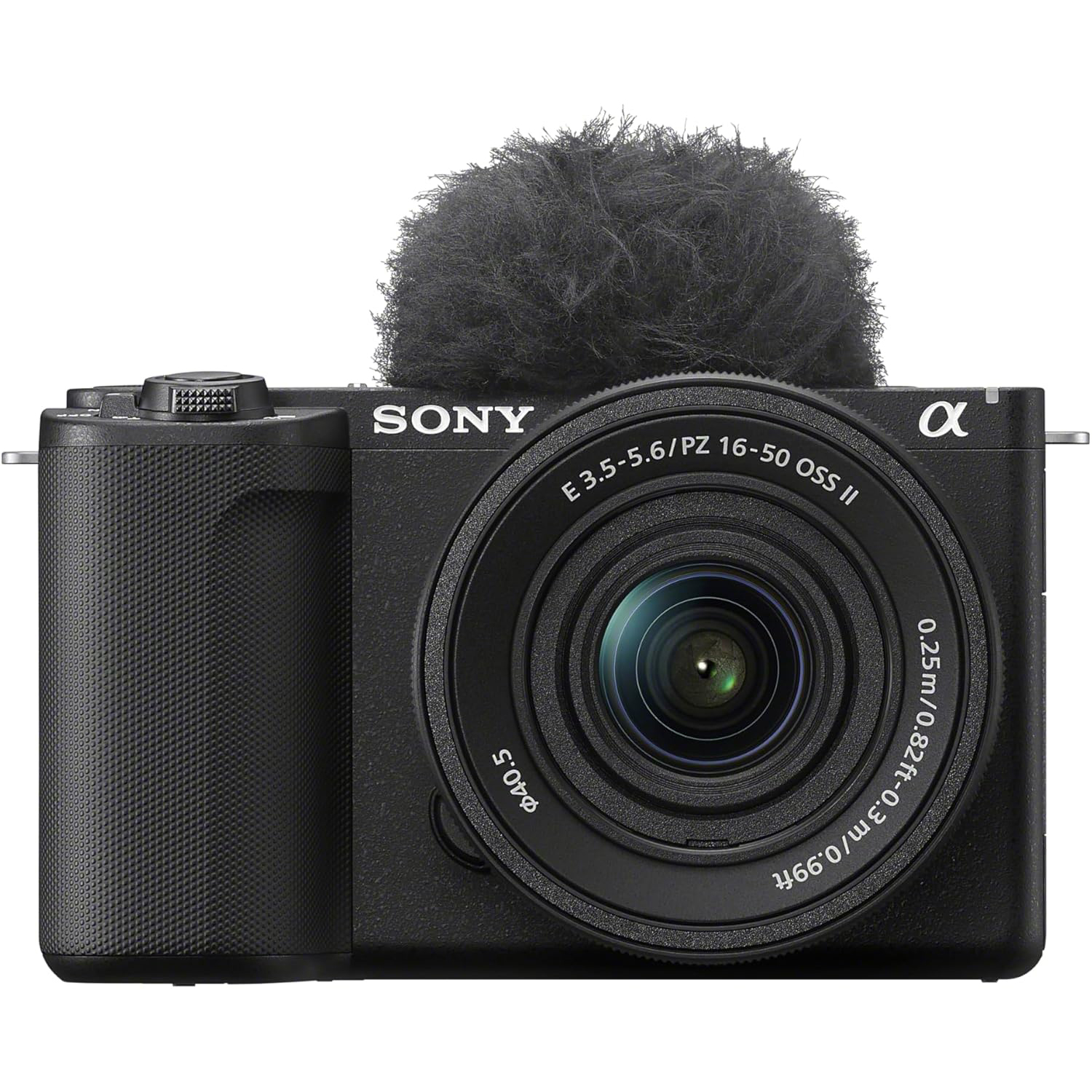
Sony addressed almost every criticism we had of the ZV-E10 in this second-gen model, including adding better video codecs, and improving battery life and screen functionality. However, in-body image stabilization is still not the best, and a steep price hike puts the ZV-E10 II closer to more accomplished Sony models like the A6700.
For
- Superb 4K/60p 4:2:2 10-Bit video
- Best-in class autofocus
- Good integration with smartphone functionality
Against
- Overheats after 24 minutes when shooting 4K/60p
- No viewfinder
- Poor stabilization
- Pricier than ZV-E10
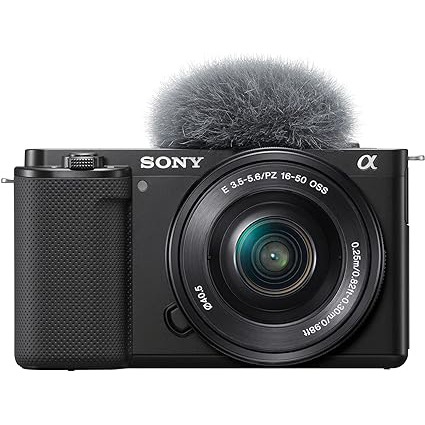
Launched exactly three years before the ZV-E10 II in July 2021, the ZV-E10 remains a decent video camera for vlogging newbies. It has a compact design, autofocus still impresses, and you have the same excellent range of E-mount lenses to choose from as with the new model, though 4K video shooting is limited to 30fps and rolling shutter can be an issue.
For
- Compact size
- Impressive stills camera
- Solid audio credentials
- Good value
Against
- Pronounced rolling shutter
- No 4K/60p video mode
- Menu system isn’t touch-optimized
- No viewfinder
The best video cameras for budding filmmakers are big business in 2024, and it's a market keenly pursued by Sony, which has developed a sophisticated system for vlogging newbies, especially with its entry-level ZV-E10 series.
The original ZV-E10 model was launched in July 2021, and is the cheapest E-mount camera today, available with a kit lens for around $800 / £700 / AU$1,200. However, three years later it feels somewhat dated, something Sony has looked to address in its second-gen model, the ZV-E10 II.
The latest model boasts several meaningful improvements over its predecessor – this isn't just a refresh, as the ZV-1 II was over the ZV-1, Sony's popular point-and-shoot compact camera for vloggers.
Consequently, the ZV-E10 II is a pricier model, and by quite some margin, so the buying decision is far from a simple one. The question for video beginners or, for example, parents considering a 'proper' video camera for their kids is: what features do you really need? In this versus article we'll dive into the key points to help you come to the right decision.
Sony ZV-E10 II vs Sony ZV-E10: price
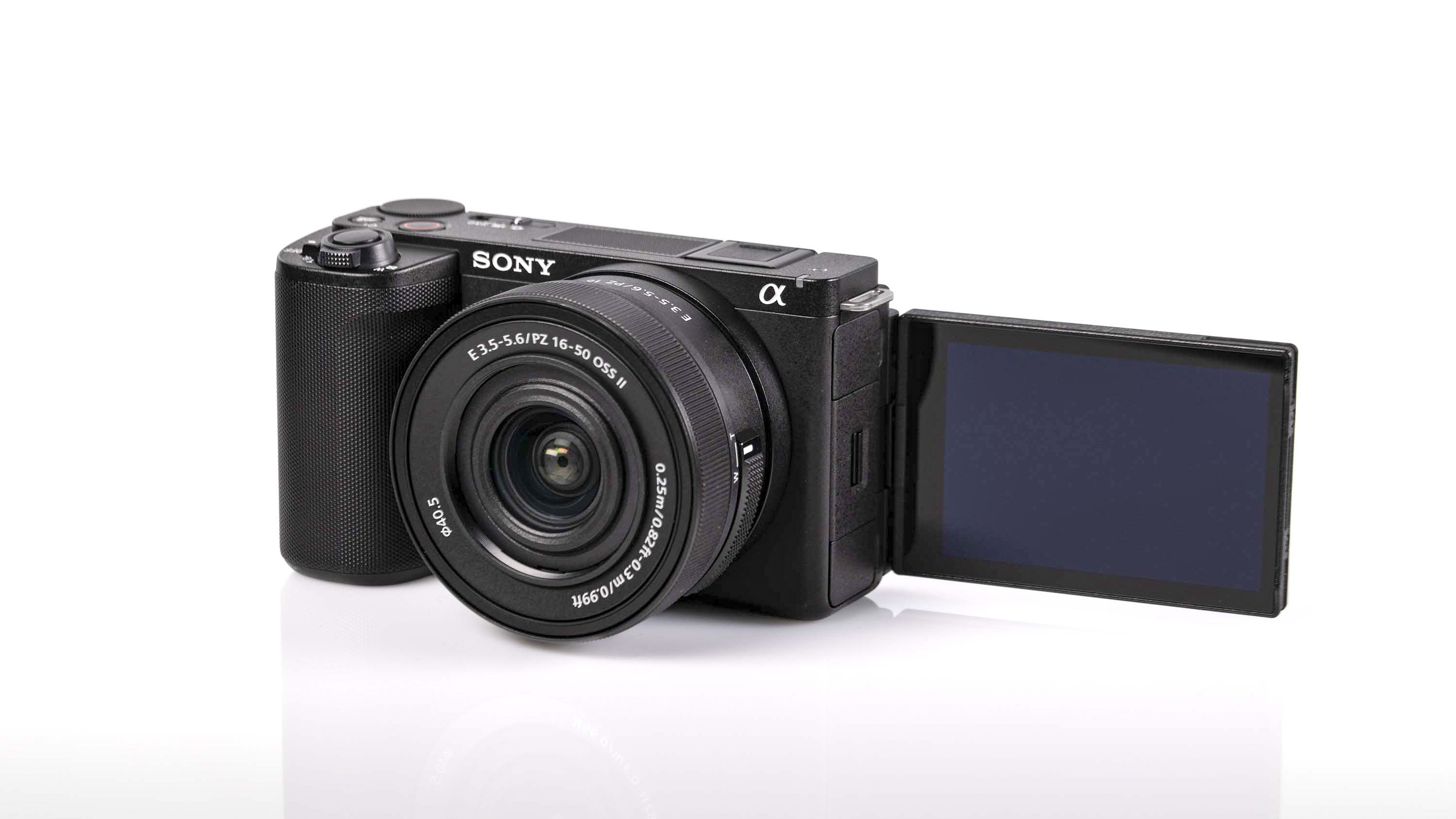
- Sony ZV-E10 with 16-50mm kit lens costs $799.99 / £699.99 / AU$1,198
- Sony ZV-E10 II with updated 16-50mm kit lens costs $1,099.99 / £999 / AU$1,888
- Both models are available in black or white
Before we get into the capabilities of each camera, let's start with price – after all, the pricier ZV-E10 II could be a non-starter for some on this basis. You can see above that the new model is around 30% more than the original ZV-E10, which has come down in price since it was launched in 2021, and is the cheapest Sony E-mount camera you can buy in 2024.
Each camera is also available body-only too: the ZV-E10 is $699.99 / £599.99 / AU$1,098, while the ZV-E10 II is $999.99 / £925 / $1,688.
It's worth knowing that the ZV-E10 II kit comes with an improved second-gen version of the 16-50mm lens, which Sony says is built for today's cameras, featuring tracking AF that works during zooming and can track at speeds up to 120fps. The lens also supports in-body image stabilization, not that either of these cameras have that feature.
If you're considering buying additional lenses (which we'd recommend, because Sony has some excellent wide-angle, fast-aperture primes for video), then that additional cost is obviously the same whichever camera you choose.
Sony ZV-E10 II vs Sony ZV-E10: LCD screen
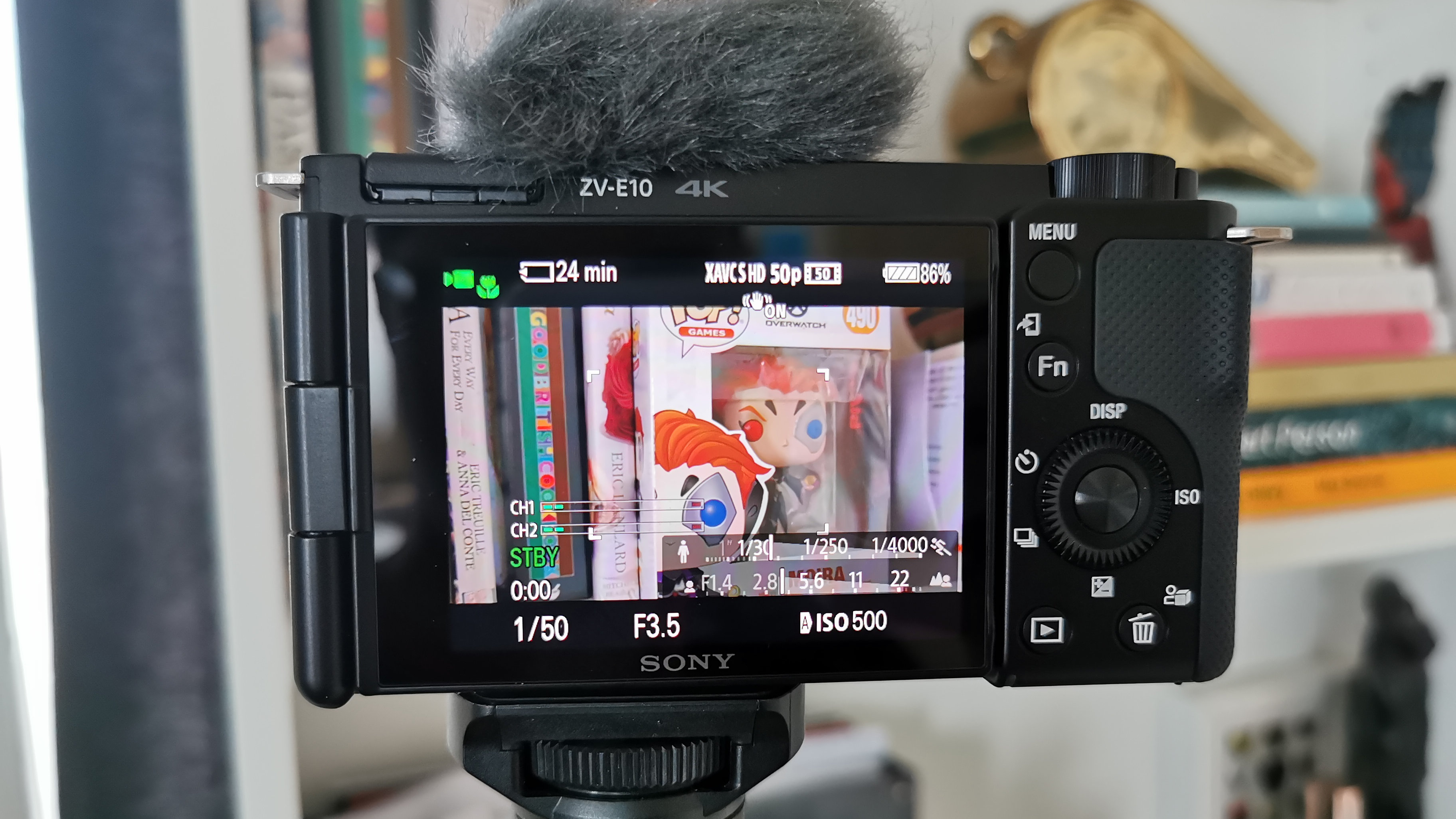
- ZV-E10 II has a 3-inch 1.037m-dot vari-angle LCD with full touch control
- ZV-E10's LCD screen is a 3-inch 921k-dot vari-angle with partial touch control
- The ZV-E10 II features a vertical format UI when you rotate the camera
Both cameras feature a handy vari-angle LCD that flips around for selfies – an essential feature for a vlogging camera. You also get a tally light, so you know when the camera is rolling and when it has stopped recording.
The ZV-E10 II's display gets a slight bump in resolution, though both displays are the same compact size at three inches. Both are touchscreens, but the ZV-E10 only offers touch AF and capture functionality, while the ZV-E10 II additionally has touch support for menu navigation – and trust us, touch navigation comes in handy more than you might think.
Another neat trick in the ZV-E10 II, and which is a first for any Sony camera, is a vertical UI for when the camera is rotated – it's a super-handy feature if you regularly shoot in vertical format.
Sony ZV-E10 II vs Sony ZV-E10: handling
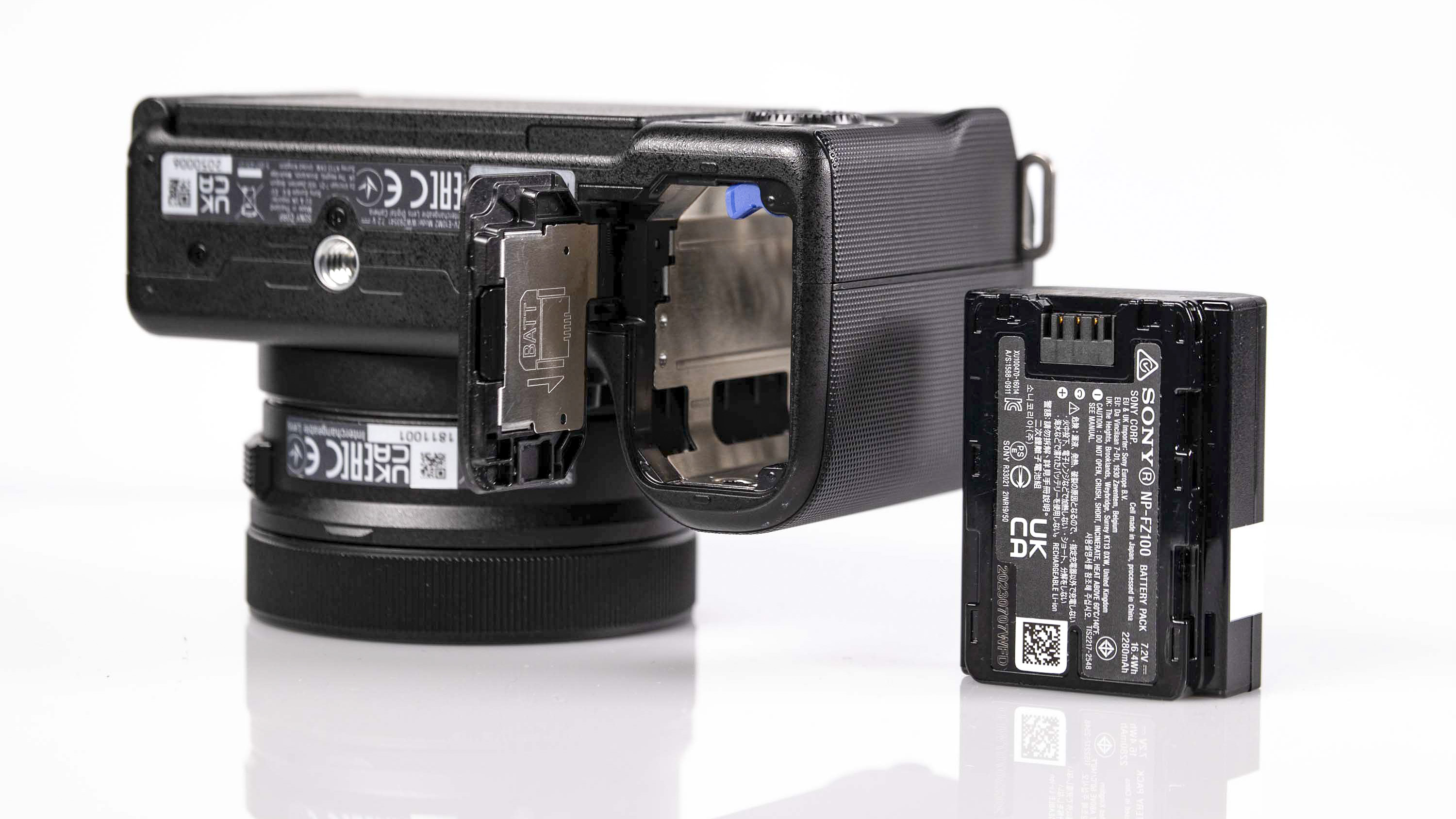
- ZV-E10 II has a 30% better battery life than ZV-E10
- The ZV-E10 II weighs 13.3oz / 377g and the ZV-E10 is 12.1oz / 343g
- Both feature a built-in three-capsule mic
The design of the two cameras is largely the same, but there are differences in how they perform. The size and weight differences are negligible, although once you insert a battery and card the ZV-E10 II weighs 13.3oz / 377g, while the ZV-E10 is 12.1oz / 343g. That weight gain is largely because the ZV-E10 II features a larger-capacity battery, and we're all for that.
The ZV-E10 II's battery life is rated for 610 shots or 130 minutes of video – which is excellent for a camera at this level – while the battery in the ZV-E10 is rated for a still-respectable 440 shots or 80 minutes of video.
Video quality, especially for vlogging, relies heavily good-quality audio, and Sony has optional directional mics available for both cameras. However both cameras have an extra trick up their sleeves for those who want to simplify their shooting setup: a built-in three capsule mic. These mics won't necessarily replace external mics, but in our testing we found they were excellent at isolating voices behind and in front of the camera – so this feature could save you a considerable sum if it means you don't need to buy an external mic, as is the case with some rival models.
Sony ZV-E10 II vs Sony ZV-E10: sensor
- ZV-E10 II has a 26MP back-side illuminated (BSI) APS-C sensor
- ZV-E10 has an older 24MP non-BSI APS-C sensor
- Neither sensor is stabilized
The APS-C sensors utilized by each camera are non-stabilized. If you want in-body image stabilization, which is an invaluable feature for on-the-go video recording, you'll need to stump up much more money for a camera like the Sony A6700 (or look elsewhere, to something like the excellent Fujifilm X-S20, which doesn't cost a lot more than the ZV-E10 II).
The ZV-E10 II uses the same 26MP back-side illuminated sensor as the Sony A6700. You won't notice much of a difference in the fine detail resolved by Sony's latest APS-C sensor over the 24MP sensor found in the ZV-E10, although the new sensor will perform slightly better in low light because it's a back-lit type.
Sony ZV-E10 II vs Sony ZV-E10: video recording
- ZV-E10 II has improved 4K video up to 4:2:2 10-bit, and now shoots up to 60fps
- Reduced rolling shutter in the ZV-E10 II, although it doesn't have a mechanical shutter
- Much higher-resolution network streaming in the ZV-E10 II: 4K at 30fps to 720p
There's a lot to dig in with regards to the video-recording capabilities of each camera, and a lot of complicated terminology to get your head around if you're a beginner. Put simply, though, Sony has improved the overall video quality of the ZV-E10 II. It offers higher bitrates, which means more color depth (see next point), with a better-quality 4:2:2 10-bit codec up to 200Mbps.
The ZV-E10 II is also better for slow-motion video, shooting 4K video up to 60fps, while the ZV-E10 only goes up to 30fps in this resolution. Our tests also confirmed that rolling shutter distortion is significantly reduced in the ZV-E10 II, addressing perhaps the single biggest downside of the ZV-E10. If you're a filmmaker who shoots on the move, rolling shutter manifests as an ugly jelly-like distortion that you want to avoid.
While the ZV-E10 II has a faster sensor readout to better deal with rolling shutter, it ditches the mechanical shutter altogether and relies solely on an electronic one, so if you're into photography you might encounter banding distortion when shooting photos under artificial light with the ZV-E10 II, something you can avoid with the ZV-E10 by using its mechanical shutter.
Sony ZV-E10 II vs Sony ZV-E10: color
- The ZV-E10 II can shoot 10-bit video, while the ZV-E10 is restricted to 8-bit
- The ZV-E10 II has greater range of cinematic and LUT color profiles
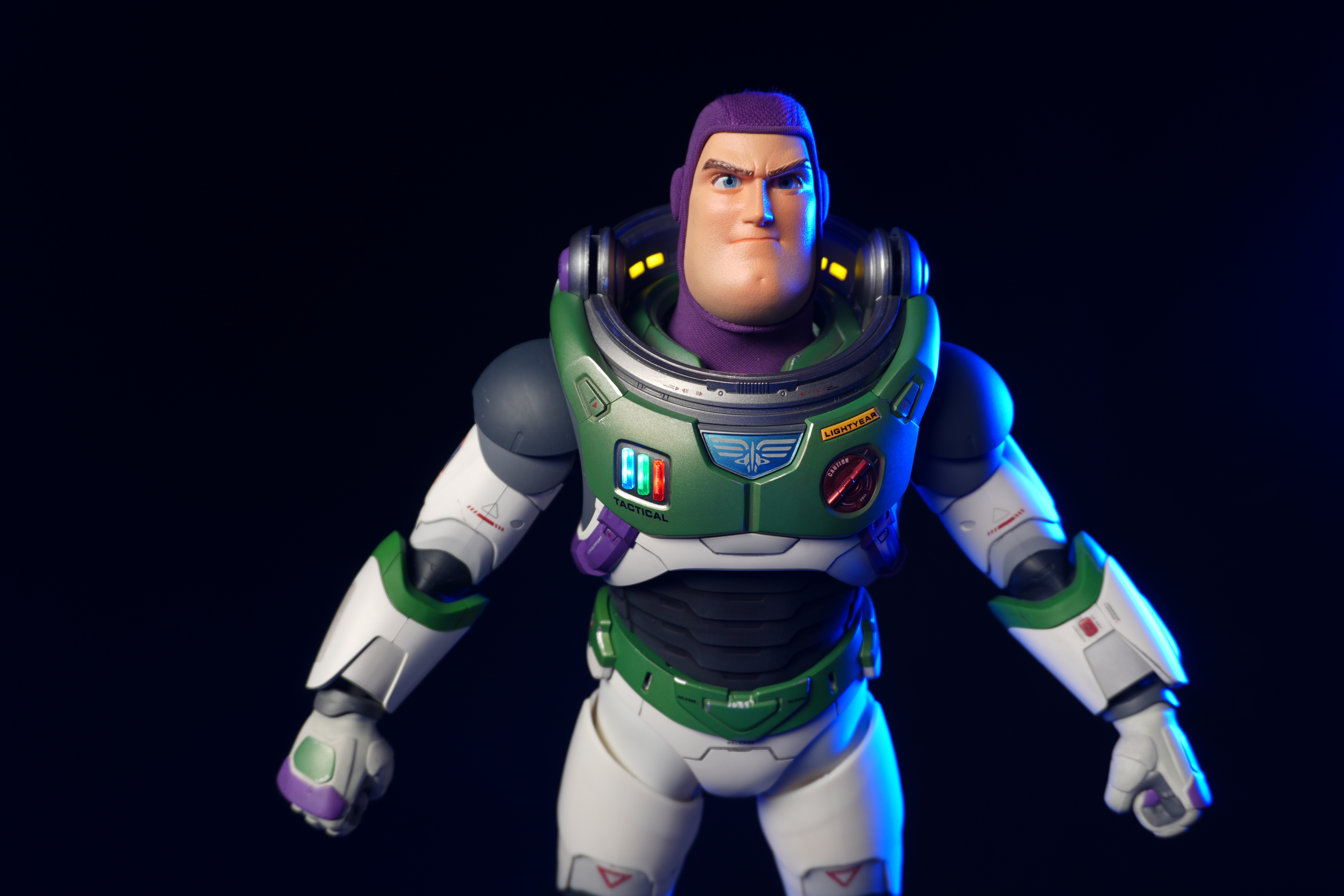
For those who don't know much about video color and bit depth, 10-bit color has the potential to display just over one billion different colors, while 8-bit is 'only' around 16.7 million colors. In practice, most viewing devices will only display 8-bit color anyway; however, shooting in 10-bit gives you much greater editing versatility, with the ability to adjust exposure, contrast and color to taste, without losing quality in the same way as with 8-bit.
Put simply, the 10-bit-equipped ZV-E10 II is better for videographers who want to grade their footage to taste, while 8-bit – which is a much smaller and manageable file size – is better for those who have no interest in grading their videos. To enable users to take advantage of its dynamic range and color upgrade, the ZV-E10 II also has more cinematic color profiles that the ZV-E10 doesn't, including S-Cinetone and Log recording, along with the ability for users to upload a maximum of 16 LUTs via the Creators’ App, which can be baked into footage for quick delivery.
If you want the better choice of ready-made color profiles for video and greater latitude in the editing suite, the ZV-E10 II is the camera to go for. But if those all sounds like things you don't need, then the ZV-E10 is still a solid choice.
Sony ZV-E10 II vs Sony ZV-E10: autofocus
- ZV-E10 II has a 759-point AF array with 94% coverage
- ZV-E10 has a 425-point AF array with 84% coverage
Both cameras offer superb autofocus performance, with the ZV-E10 II utilizing Sony's latest 759-point AF array with a 94% coverage. However, it doesn't have the AI-autofocus chip that you'll find in pricier models such as the Sony A7R V.
On paper the ZV-E10 II's autofocus system should perform better than the ZV-E10's, but we haven't done a direct comparison to see how much better it is in real-world situations – and, depending on what sort of video and photos you shoot, there's a chance that you might not notice much of a difference.
Sony ZV-E10 II vs Sony ZV-E10: key differences
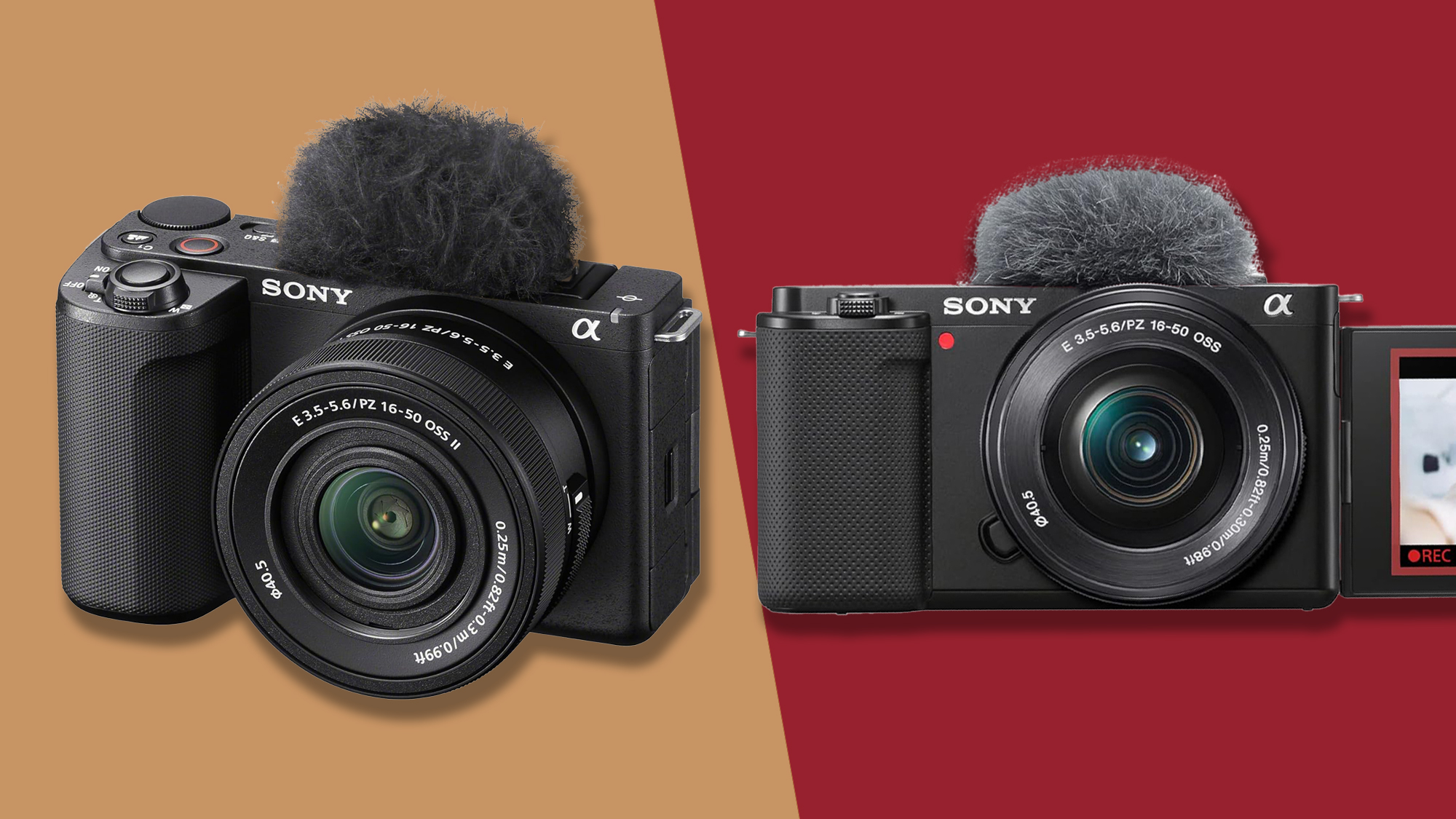
Below is a list that highlights the major differences between the two cameras.
| Header Cell - Column 0 | Sony ZV-E10 II | Sony ZV-E10 |
|---|---|---|
| Sensor | 26MP BSI, APS-C | 24MP non-BSI, APS-C |
| Autofocus | 759-point with 94% coverage | 425-point with 84% coverage |
| Video | 4K up to 60fps, 4:2:2 10-bit | 4K up to 30fps, 4:2:0 8-bit |
| Shutter | No mechanical shutter, reduced rolling shutter | Includes mechanical shutter, but poor rolling shutter performance |
| LCD | 3-inch 1.037m-dot vari-angle with full touch control | 3-inch 921k-dot vari-angle with partial touch control |
| Network streaming | 4K 30fps / Full HD 60fps | 720p only |
| Battery life | 610 shots / 130 minutes video | 440 shots / 80 minutes video |
| Weight (incl battery and card) | 13.3oz / 377g | 12.1oz / 343g |
Sony ZV-E10 II vs Sony ZV-E10: verdict
Despite the fact that these two cameras look much the same on the outside, there's no contest: the ZV-E10 II is a better camera than the ZV-E10 in just about every regard, and if you upgrade from the ZV-E10, the improvements in the overall video quality and handling of the ZV-E10 II become clear.
We love the better experience delivered by the ZV-E10 II's screen and its superior battery life. It also offers better video recording overall, especially if you want to shoot video on the move and slow-motion clips.
Both cameras have access to the same lenses (although the ZV-E10 II is packaged with the latest version of the 16-50mm kit lens) and can shoot next-level video compared to your smartphone, especially if you fork out for another decent Sony lens.
The 30% hike in the ZV-E10 II's price over its predecessor is the major sticking point. We think the additional outlay is worth it overall, but only if you really want a video camera that you can grow with, and like to do a lot of editing. By contrast, the ZV-E10 imposes too many limitations on more serious filmmakers, and is instead a cost-effective option for those just embarking on their filmmaking journey.
You might also like
Get daily insight, inspiration and deals in your inbox
Sign up for breaking news, reviews, opinion, top tech deals, and more.

Tim is the Cameras editor at TechRadar. He has enjoyed more than 15 years in the photo video industry with most of those in the world of tech journalism. During his time as Deputy Technical Editor with Amateur Photographer, as a freelancer and consequently editor at Tech Radar, Tim has developed a deeply technical knowledge and practical experience with cameras, educating others through news, reviews and features. He’s also worked in video production for Studio 44 with clients including Canon, and volunteers his spare time to consult a non-profit, diverse stories team based in Nairobi. Tim is curious, a keen creative, avid footballer and runner, and moderate flat white drinker who has lived in Kenya and believes we have much to enjoy and learn from each other.